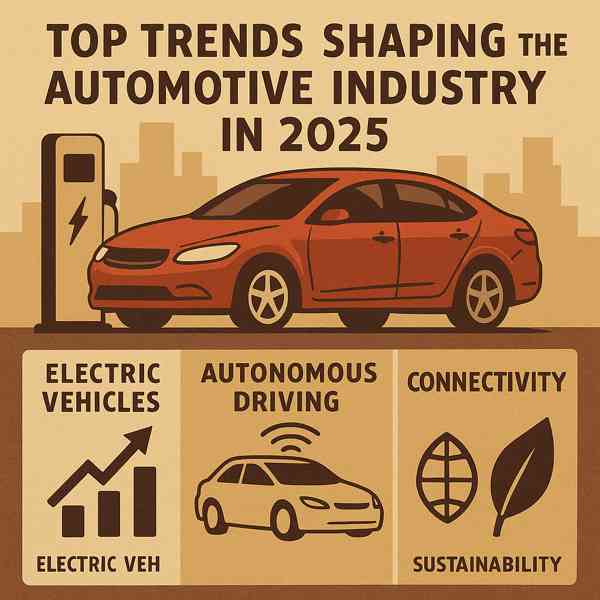
Electric vehicles (EVs) are revolutionizing the way we think about transportation.
As battery technology improves and infrastructure expands, owning an electric vehicle has never been more practical.
What Are Electric Vehicles?
Unlike gasoline-powered cars, EVs produce zero tailpipe emissions.
What powers EVs:
- Replaces the internal combustion engine
- Stores the electrical energy
- Power electronics
- Charging system
Electric vehicles come in various types, such as hybrid electric vehicles (HEVs)—each with different levels of electrification.
Advantages of Going Electric
The rise of electric vehicles is fueled by their positive environmental impact.
Why EVs are gaining popularity:
- Lower operating costs
- Helps fight climate change
- Less noise and vibration
- Government incentives and tax credits
For eco-conscious and cost-aware drivers, electric vehicles are an increasingly forward-thinking choice.
Limitations to Consider
Despite the growing popularity of EVs, they still face some challenges that buyers should consider.
EV challenges to consider:
- Shorter range compared to gas vehicles
- Charging infrastructure gaps
- Though often offset by long-term savings
- Battery lifespan and replacement
As technology advances and infrastructure improves, many of these challenges are becoming more acceptable.
Exploring EV Variants
EVs vary by power source, range, and usage.
Categories of electric vehicles:
- Battery Electric Vehicles (BEVs)
- Electric motor with backup gasoline engine
- Hybrid Electric Vehicles (HEVs)
- Use hydrogen to generate electricity
Each type has its pros and cons, so buyers should choose accordingly.
EV Charging and Infrastructure
There are multiple charging levels and methods depending on your location.
Types of EV charging stations:
- Slow but accessible anywhere
- Faster and ideal for daily use
- DC Fast Charging
- Charging without cables
As public charging networks expand, EV owners will enjoy even more freedom, flexibility, and convenience.
What’s Next for EVs?
As governments push for cleaner energy and manufacturers invest in innovation, the future of EVs looks bright.
Trends shaping the future include:
- Higher energy density and faster charging
- Turning cars into energy assets
- Autonomous electric vehicles
- Expansion of affordable EV models
As innovation continues, EVs will become more mainstream and essential.
The Road Ahead for EVs
With growing demand and continuous improvement, EVs are becoming a realistic option for more drivers every day.
The future is electric—are you read more ready to plug in?